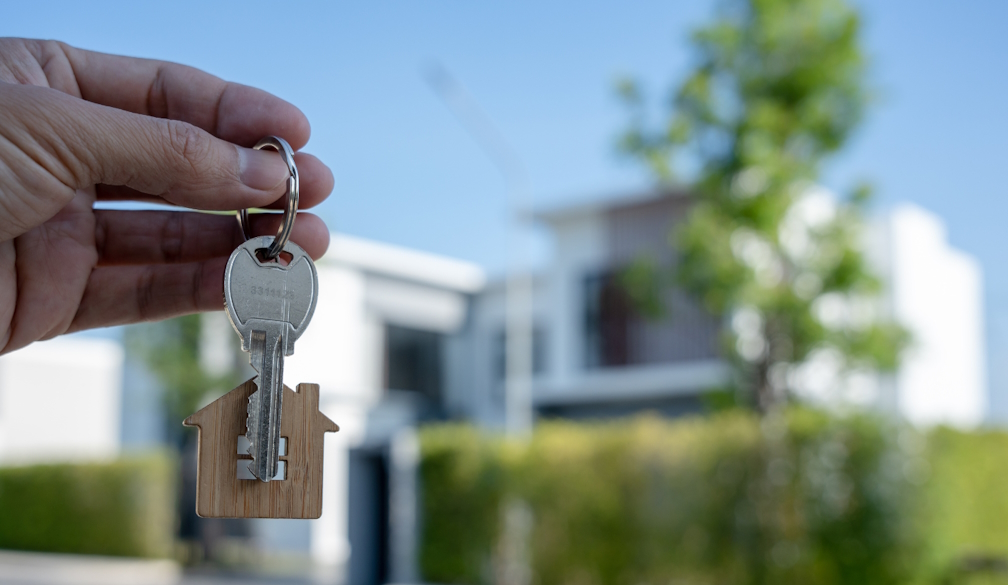Lending for home building continues to fall under RBA pressure

“In the face of an acute shortage of housing stock, the rise in the cash rate has seen the volume of work entering the pipeline contracting for more than two years,” stated Tim Reardon, HIA Chief Economist.
The ABS released the Lending to Households and Businesses data for October 2023 today, which provides statistics on housing finance commitments.
“Lending for the construction and purchase of new homes in October rose 1.8 per cent compared to the previous month.
“This leaves lending for the construction and purchase of a new home 22.4 per cent lower than at the same time the previous year and at their lowest level since the GFC,” stated Mr Reardon.
“This low volume of lending has been sustained since the start of 2023 and will see new home construction continue to slow through 2024, despite the need to increase the supply of new homes.
“This poor result was recorded before the rise in the cash rate in November.
“There is no justification for further rate increases. Leading indicators of activity all show that the rise in the cash rate will cause activity to slow in 2024.
“The RBA needs to pause on any further rate increases and wait for the full impact of their actions to date to flow through to the wider economy.
“Not only are rising rates making it harder to address the acute shortage of housing stock, but the loss of skilled trades from the building industry will also make a recovery in home building increasingly slow.
“The industry requires stable and reliable economic settings to avoid an ongoing market roller coaster,” concluded Mr Reardon.
In original terms, the total number of loans for the purchase of construction of new homes in the three months to October 2023 declined in all jurisdictions compared to the same quarterly period a year earlier, led by the Northern Territory (-58.2 per cent) and the Australian Capital Territory (-53.6 per cent) and followed by New South Wales (-29.3 per cent), Tasmania (-29.2 per cent), Victoria (-25.9 per cent), Queensland (-20.1 per cent), South Australia (-18.9 per cent) and Western Australia (-1.5 per cent).






